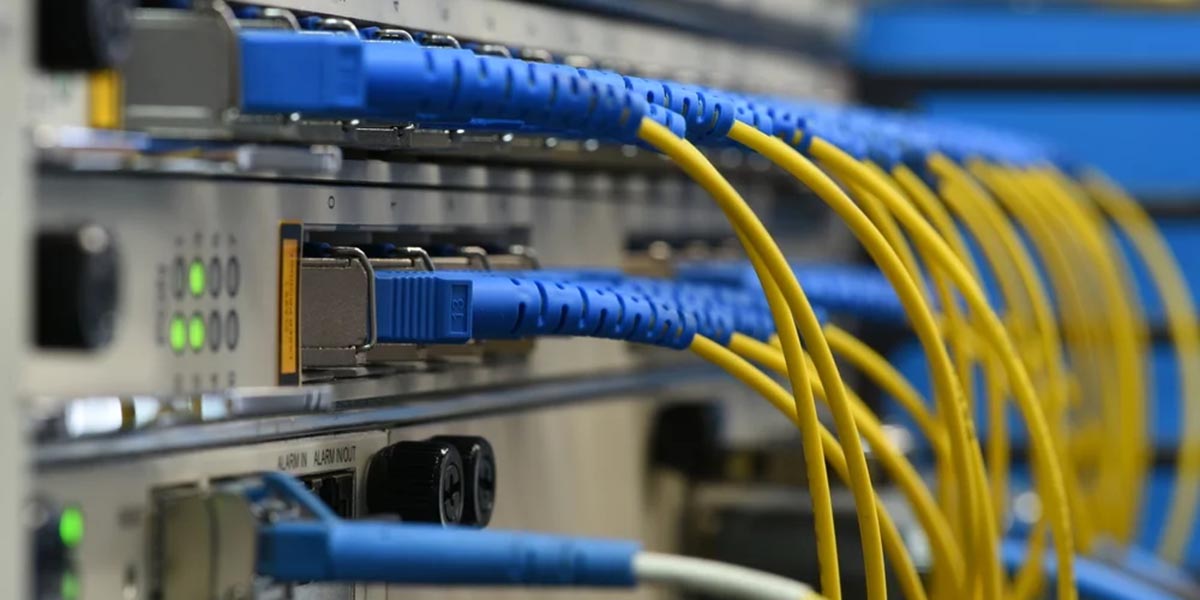In the ever-evolving landscape of information technology, networking solutions play a crucial role in facilitating seamless communication and data transfer. Traditionally, active networking solutions have dominated the market, relying on powered devices like switches and routers to enable data transmission. However, in recent years, passive networking solutions have emerged as a promising alternative, revolutionizing the way we approach connectivity. In this article, we will delve into the world of passive networking solutions, exploring their benefits, applications, and potential impact on the future of networking.
Understanding Passive Networking:
Passive networking solutions, as the name suggests, operate without any active electronic components or power sources. Instead, they utilize simple, physical infrastructure and rely on natural forces like gravity and momentum to facilitate data transfer. The core idea behind passive networking is to simplify the network architecture, reduce power consumption, and minimize the overall complexity of the system.
Key Components and Techniques:
1. Passive Optical Networks (PONs):
One of the most prominent examples of passive networking solutions is Passive Optical Networks (PONs). PONs employ optical fibers to deliver data, voice, and video services over long distances. They operate without the need for expensive active components, allowing for cost-effective and energy-efficient communication.
2. Power over Ethernet (PoE):
PoE technology enables the transmission of electrical power alongside data through standard Ethernet cables. It eliminates the need for separate power cables, reducing clutter and simplifying installations. PoE has gained popularity in smart buildings, IP cameras, wireless access points, and other IoT devices.
3. Structured Cabling Systems:
Passive networking solutions often rely on structured cabling systems, which consist of standardized cabling and connectivity components. These systems provide a flexible and organized approach to network infrastructure, making it easier to manage and maintain.
Benefits of Passive Networking Solutions:
1. Energy Efficiency:
One of the primary advantages of passive networking is its reduced energy consumption. By eliminating active components like switches and routers, passive networks require significantly less power to operate. This aspect is particularly crucial in today’s world, where sustainable and eco-friendly solutions are increasingly sought after.
2. Cost-Effectiveness:
Passive networking solutions generally have lower upfront costs than active solutions. The absence of expensive active devices and the simplicity of the infrastructure contribute to reduced deployment expenses, making passive solutions an attractive option, especially for small to medium-sized businesses.
3. Reliability and Durability:
Since passive networking components have no electronic parts or points of failure, they tend to be more reliable and durable. There are fewer components that can malfunction or break down, leading to improved network stability and reduced maintenance requirements.
4. Easier Maintenance:
With fewer active components, troubleshooting and maintenance become less complex. Passive networking solutions are often plug-and-play, requiring minimal configuration and allowing for easier management and upgrades.
Applications and Use Cases:
1. Smart Buildings:
Passive networking solutions are well-suited for smart buildings, where energy efficiency and simplified infrastructure are crucial. PoE technology enables the connection of various IoT devices like smart lighting, environmental sensors, and access controls through a single cable, streamlining building management.
2. Rural Connectivity:
In remote and underserved areas, passive networking solutions can be a game-changer. PONs, for example, can provide cost-effective high-speed internet access to communities that are far from central network hubs.
3. Data Centers:
Passive networking can be utilized within data centers for certain applications, such as connecting servers and switches in the same rack using direct-attach copper or optical cables, reducing power consumption and cable clutter.
4. Campus Networks:
Passive solutions can simplify and consolidate campus network infrastructures, making it easier for educational institutions and businesses to manage their networks effectively.
The Future of Passive Networking Solutions:
As the demand for sustainable and efficient networking solutions continues to grow, passive networking is expected to play an increasingly significant role in the future. Its inherent simplicity and cost-effectiveness will make it an attractive option for a wide range of applications, from small businesses to large-scale deployments.
However, it’s important to note that passive networking is not a one-size-fits-all solution. Active networking technologies will still be essential for certain high-performance applications that require complex routing and switching capabilities. The coexistence of active and passive solutions will likely be the norm, with each being deployed where they are best suited.
In conclusion, passive networking solutions offer a compelling alternative to traditional active networking, with their emphasis on energy efficiency, cost-effectiveness, and simplicity. As technology continues to advance, it is certain that passive networking will play an increasingly vital role in shaping the future of connectivity, paving the way for a more sustainable and interconnected world.


